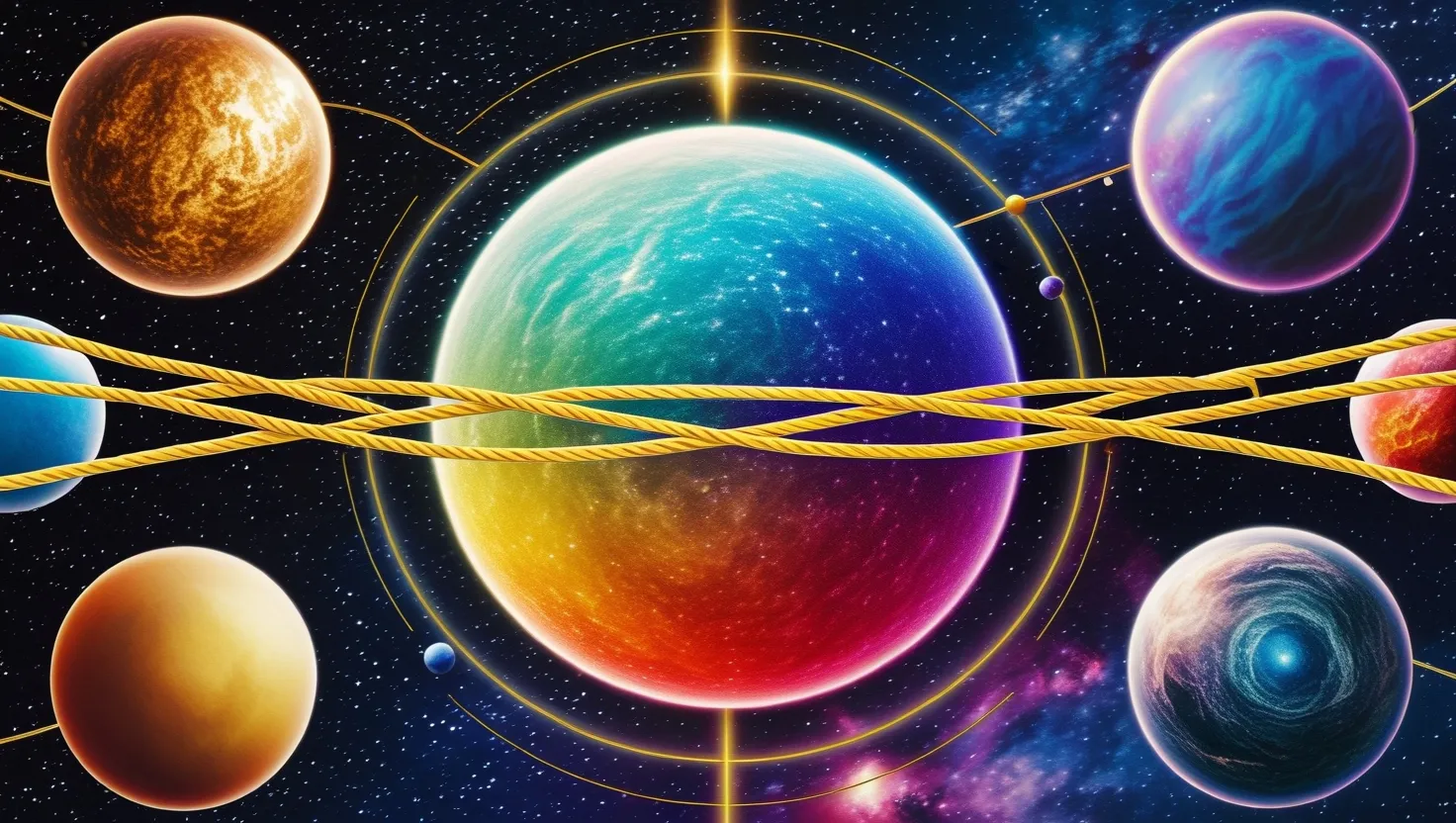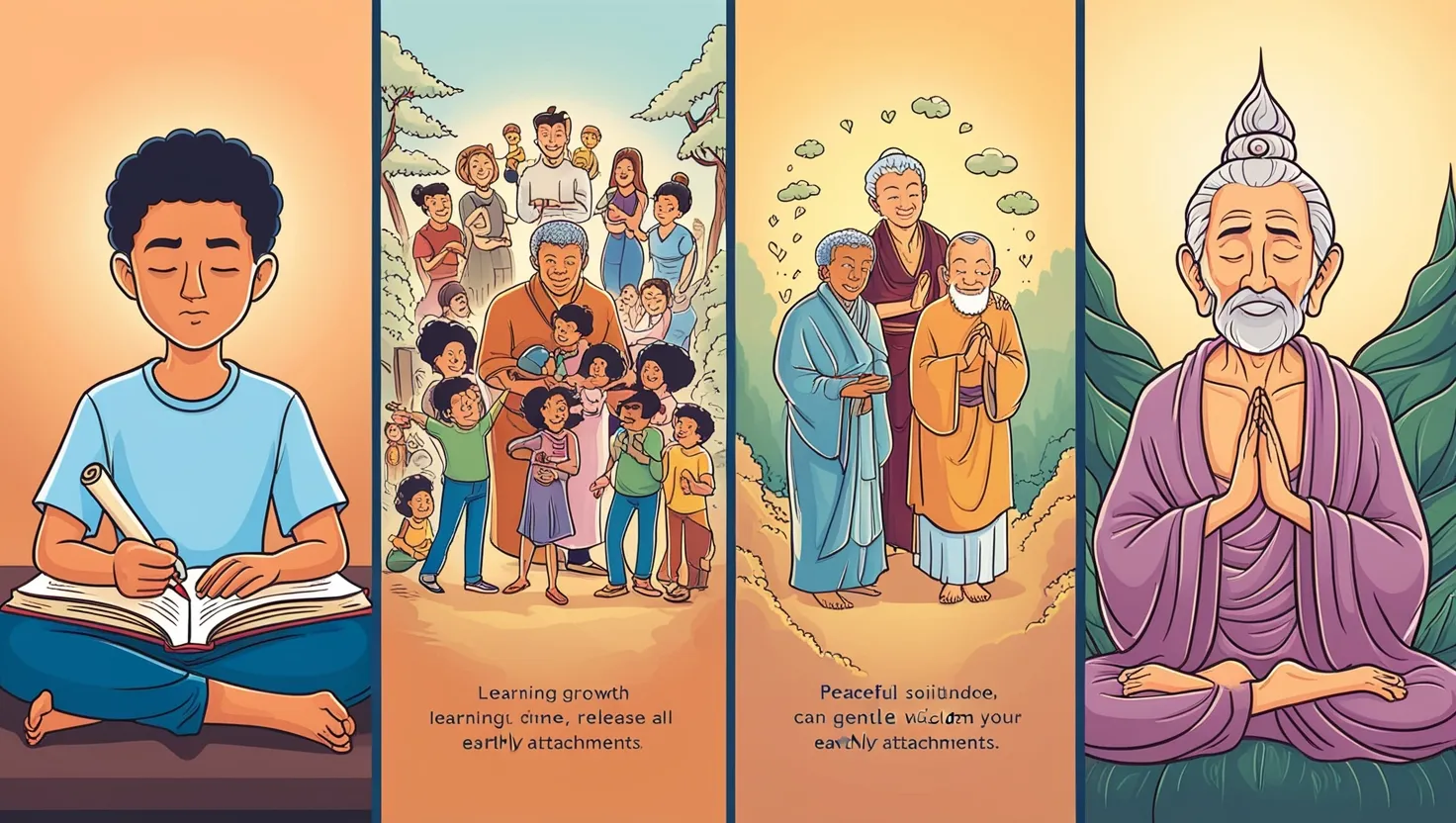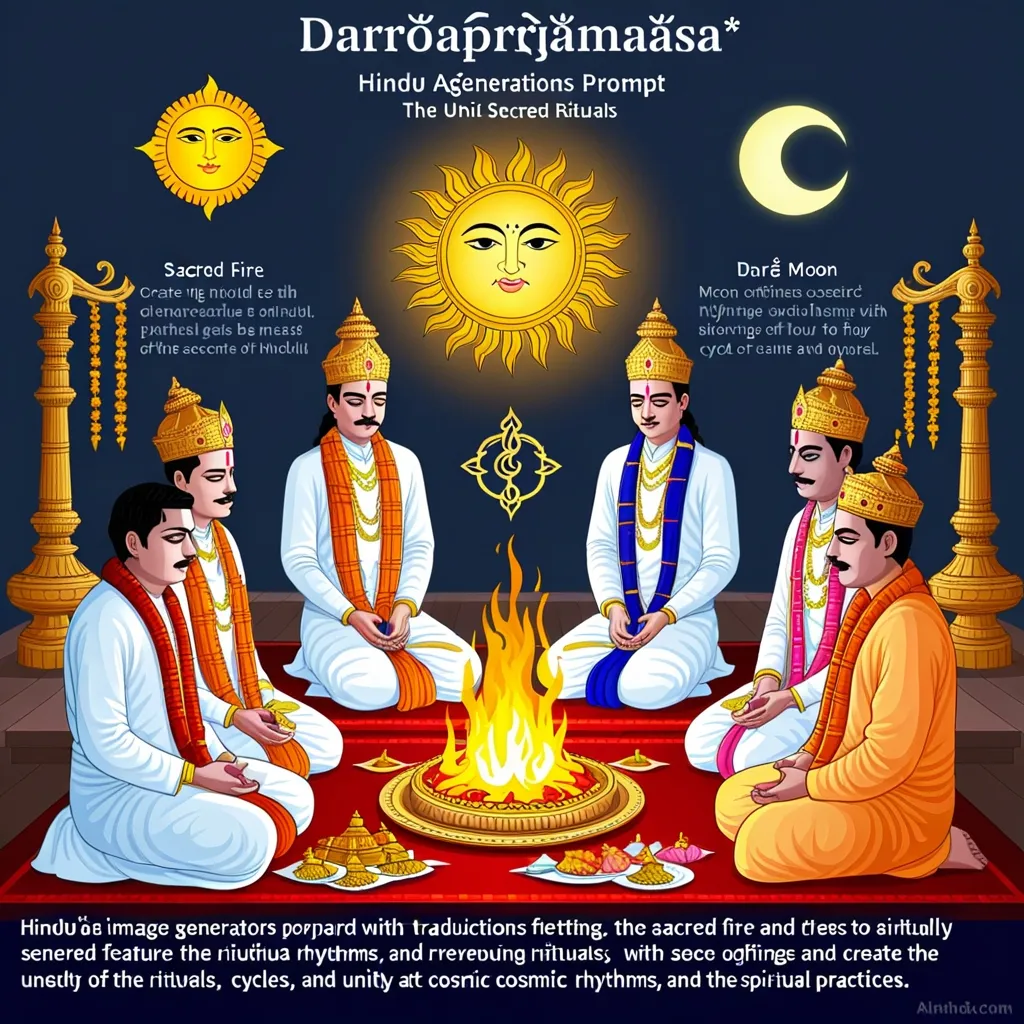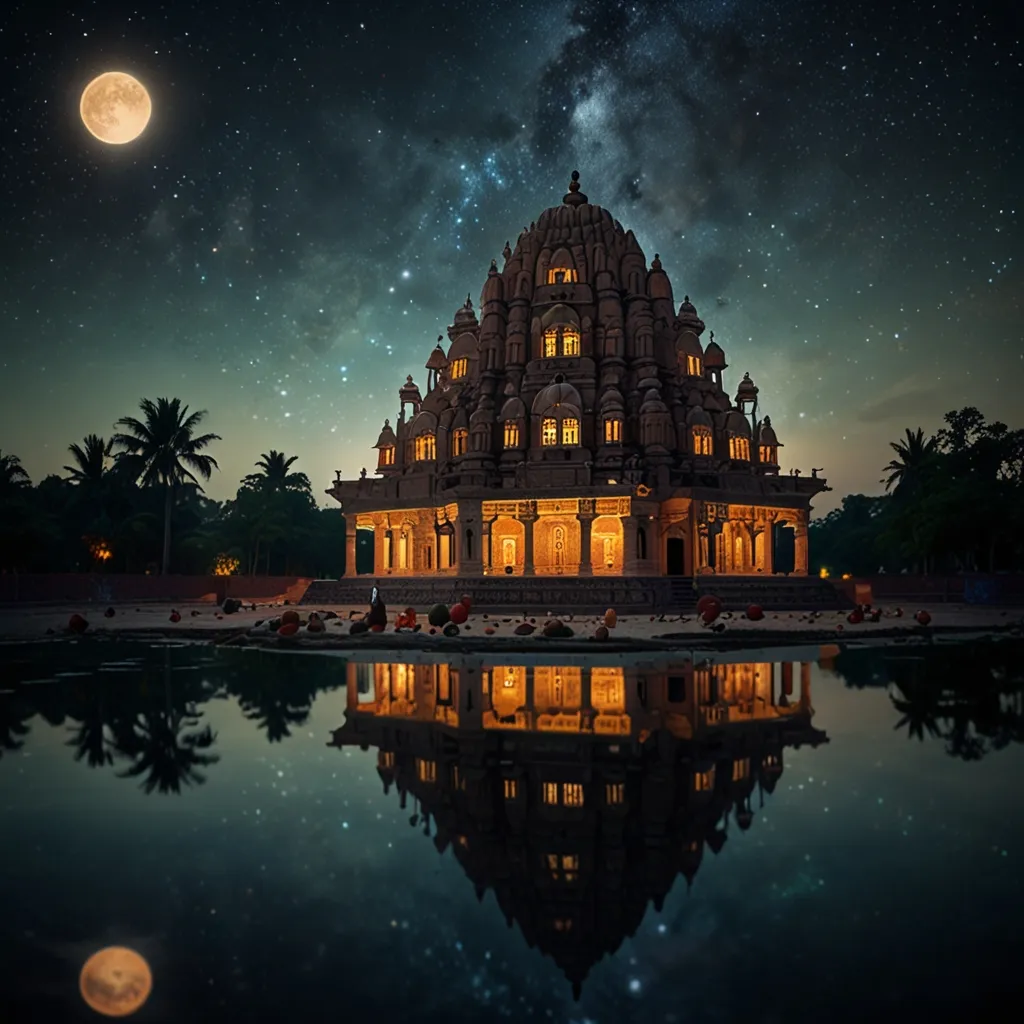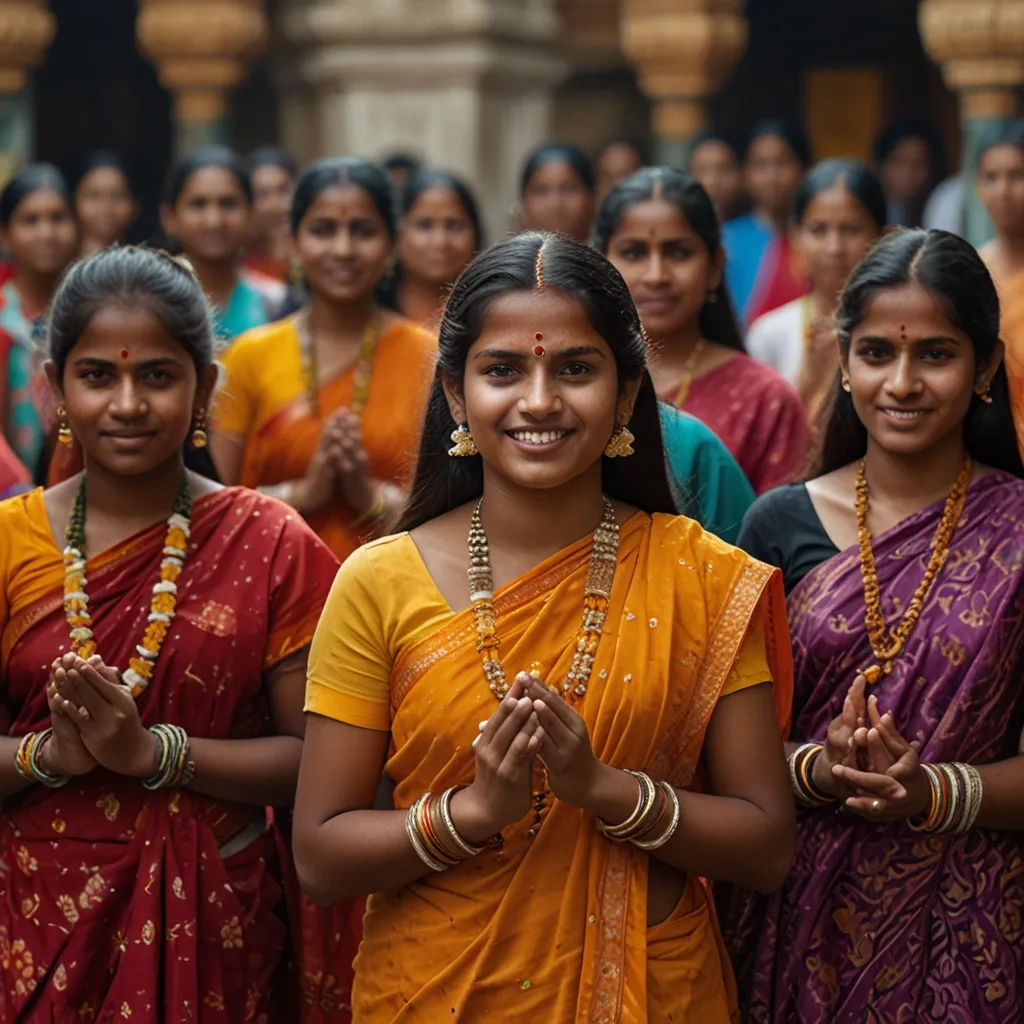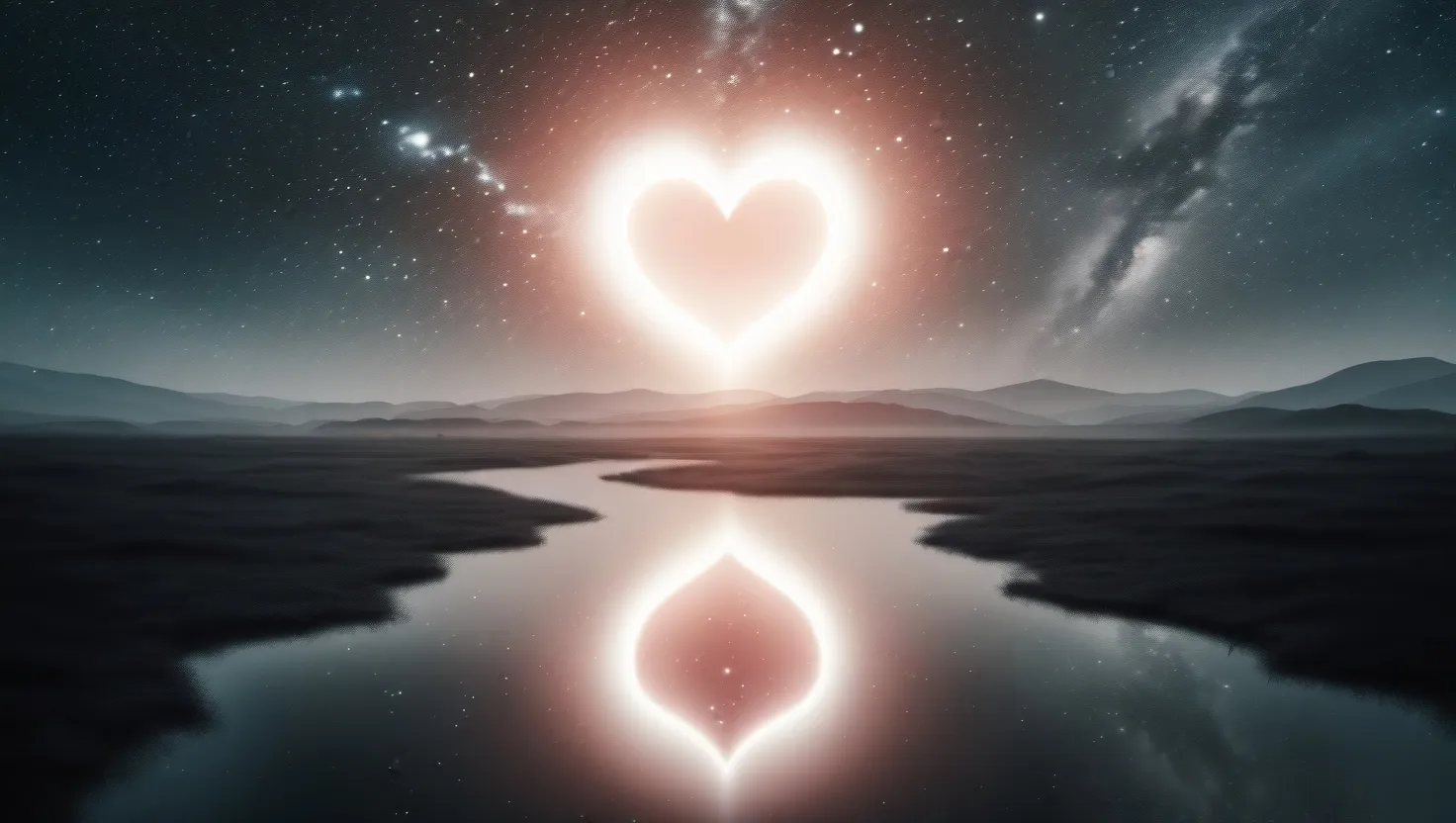In the vast and intricate tapestry of Hindu philosophy, there exists a concept that is both subtle and profound: the Sutratma, or the ‘thread soul.’ This idea, though often overshadowed by the grand epics and popular deities, offers a unique and compelling perspective on the nature of existence and spiritual unity. As we delve into this concept, we find that it weaves together various aspects of Hindu thought, providing a deeper understanding of the interconnectedness of all life and the eternal link between individual souls and the ultimate reality.
To begin with, let’s explore the term itself. “Sutratma” is derived from two Sanskrit words: “sutra,” meaning “thread” or “string,” and “atman,” meaning “self” or “soul.” This term is not just a metaphor but a profound philosophical concept that suggests the soul is connected to the divine through an eternal, unbreakable thread. This idea resonates deeply with the Hindu belief in the interconnectedness of all existence.
One of the key texts where this concept is hinted at is the Bhagavad Gita. Here, Lord Krishna speaks about the eternal nature of the soul and its connection to the ultimate reality, Brahman. The Gita suggests that just as a thread runs through the beads of a necklace, the Atman (individual soul) is connected to Brahman (the universal soul) through this cosmic thread. This connection is not just a physical or material bond but a spiritual and metaphysical one, transcending the boundaries of time and space.
The Upanishads, another foundational text of Hindu philosophy, also touch upon this idea. In these ancient scriptures, the concept of Atman and Brahman is extensively discussed. The Upanishads posit that the Atman is a spark of the divine Brahman, and this spark is what connects us to the ultimate reality. The Sutratma can be seen as the symbolic representation of this connection, emphasizing that our individual souls are not isolated entities but are part of a larger cosmic fabric.
The idea of reincarnation, a central tenet of Hinduism, is also closely tied to the concept of Sutratma. According to Hindu belief, the soul reincarnates multiple times, carrying with it the accumulated karma from past lives. The Sutratma represents the continuity of the soul through these various incarnations, suggesting that despite the changes in the physical body, the soul remains connected to its divine source. This thread is what guides the soul through its journey, ensuring that it eventually returns to its true nature.
In Hindu metaphysics, the concept of Sutratma is closely related to the idea of the three states of consciousness: waking, dreaming, and deep sleep. The Mandukya Upanishad describes these states and how they are all connected through the thread of the Atman. Even in deep sleep, when the individual consciousness is at its most subdued, the Sutratma remains, linking the soul to the ultimate reality. This ensures that the soul does not lose its connection to Brahman, even in the most profound states of unconsciousness.
The practical implications of understanding Sutratma are profound. It offers a sense of universal kinship and purpose, reminding us that we are not isolated individuals but part of a grand cosmic design. This realization can transform our approach to life, encouraging us to see beyond our individual struggles and connect with a larger, more meaningful existence. It fosters a sense of compassion and empathy, as we recognize that every being is connected through this cosmic thread.
Moreover, the concept of Sutratma provides a unique perspective on the nature of free will and destiny. While our actions and choices are influenced by our karma, the Sutratma suggests that there is a deeper, guiding force at play. This thread can be seen as a form of divine guidance, helping us navigate the complexities of life and make choices that align with our true nature.
In the context of spiritual practice, understanding Sutratma can be incredibly empowering. It encourages us to look beyond the superficial layers of existence and connect with the deeper, spiritual reality. Meditation and other spiritual practices can be seen as ways to strengthen this cosmic thread, ensuring that our connection to the divine remains strong and vibrant.
The Sutratma also resonates with the Hindu concept of “Advaita,” or non-dualism. This philosophy, as expounded by Adi Shankara, posits that the ultimate reality, Brahman, is the only true reality, and the individual soul, Atman, is not different from it. The Sutratma symbolizes this non-dualistic connection, emphasizing that the distinction between the individual and the divine is merely an illusion.
As we explore the concept of Sutratma further, we find that it is not just a philosophical idea but a lived experience. Many Hindu sages and seers have spoken about the direct experience of this cosmic thread. For instance, the great sage Ramana Maharshi often spoke about the importance of tracing the thread of the Atman back to its source in Brahman. This direct experience is what transforms philosophical understanding into spiritual realization.
In conclusion, the concept of Sutratma offers a rich and profound perspective on Hindu philosophy, connecting individual souls to the divine through an eternal, cosmic thread. This idea weaves together various aspects of Hindu thought, from reincarnation to the interconnectedness of all life, and provides fresh insights into the journey of the soul and its relationship with the divine. By understanding Sutratma, we gain a deeper appreciation for the subtle connections that bind all of creation, and we are reminded of the universal kinship and purpose that underlies our existence.
As we navigate the complexities of life, the concept of Sutratma serves as a guiding light, encouraging us to see beyond individual existence and connect with the grand, unified cosmic design. It is a reminder that we are not alone but are part of a larger, more meaningful whole, connected through an eternal thread that binds us all.
